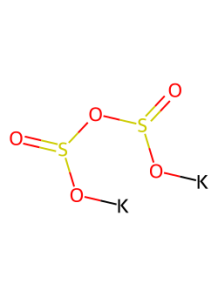Potassium metabisulfite
Food
Code: 125467
also known as E224, is a white crystalline powder with a pungent sulfurous odor. It is commonly used in the food and beverage industry as a preservative and antioxidant
Cart
No products
Subtotal:
0.00
Total
0.00
THB



